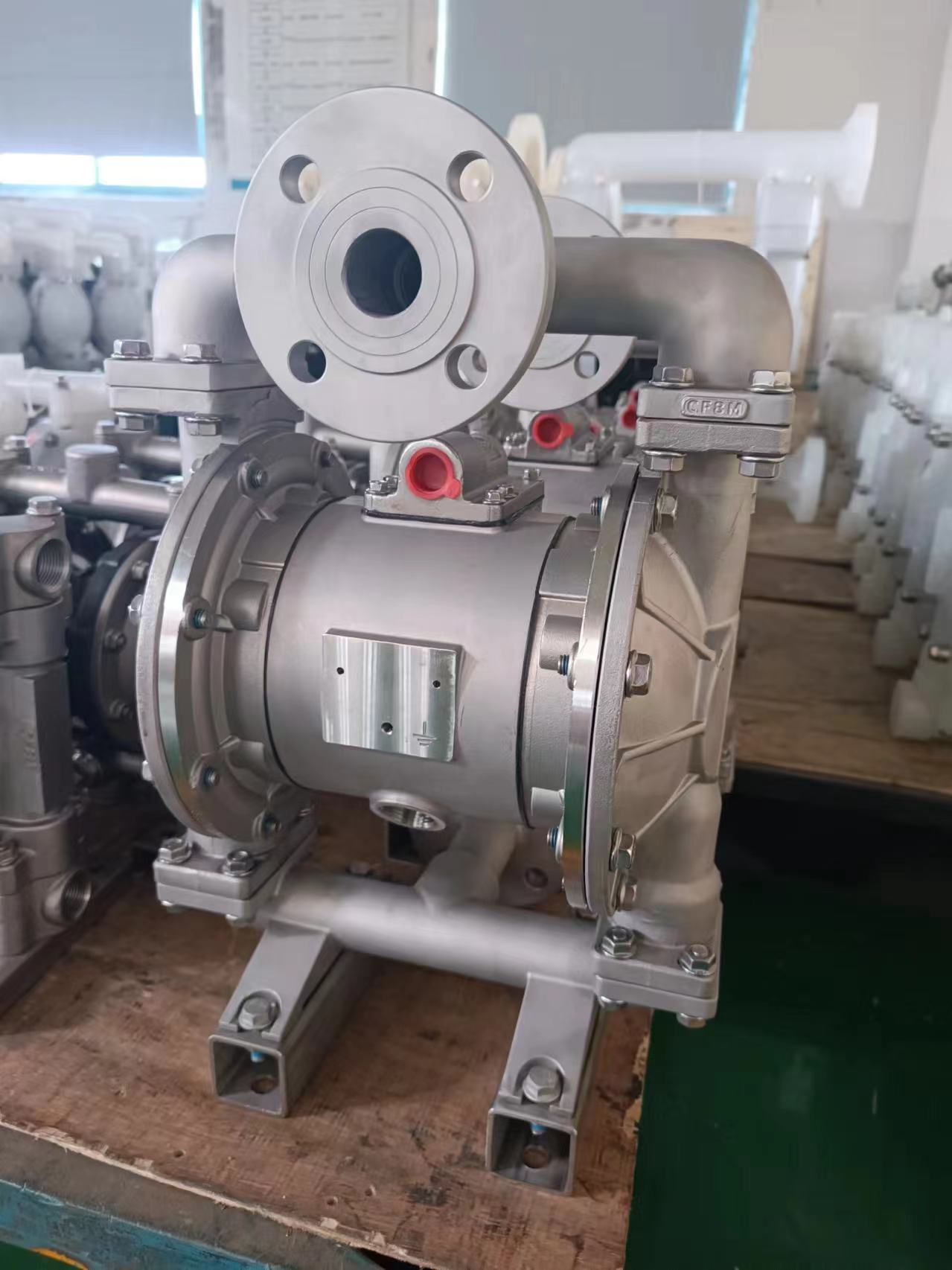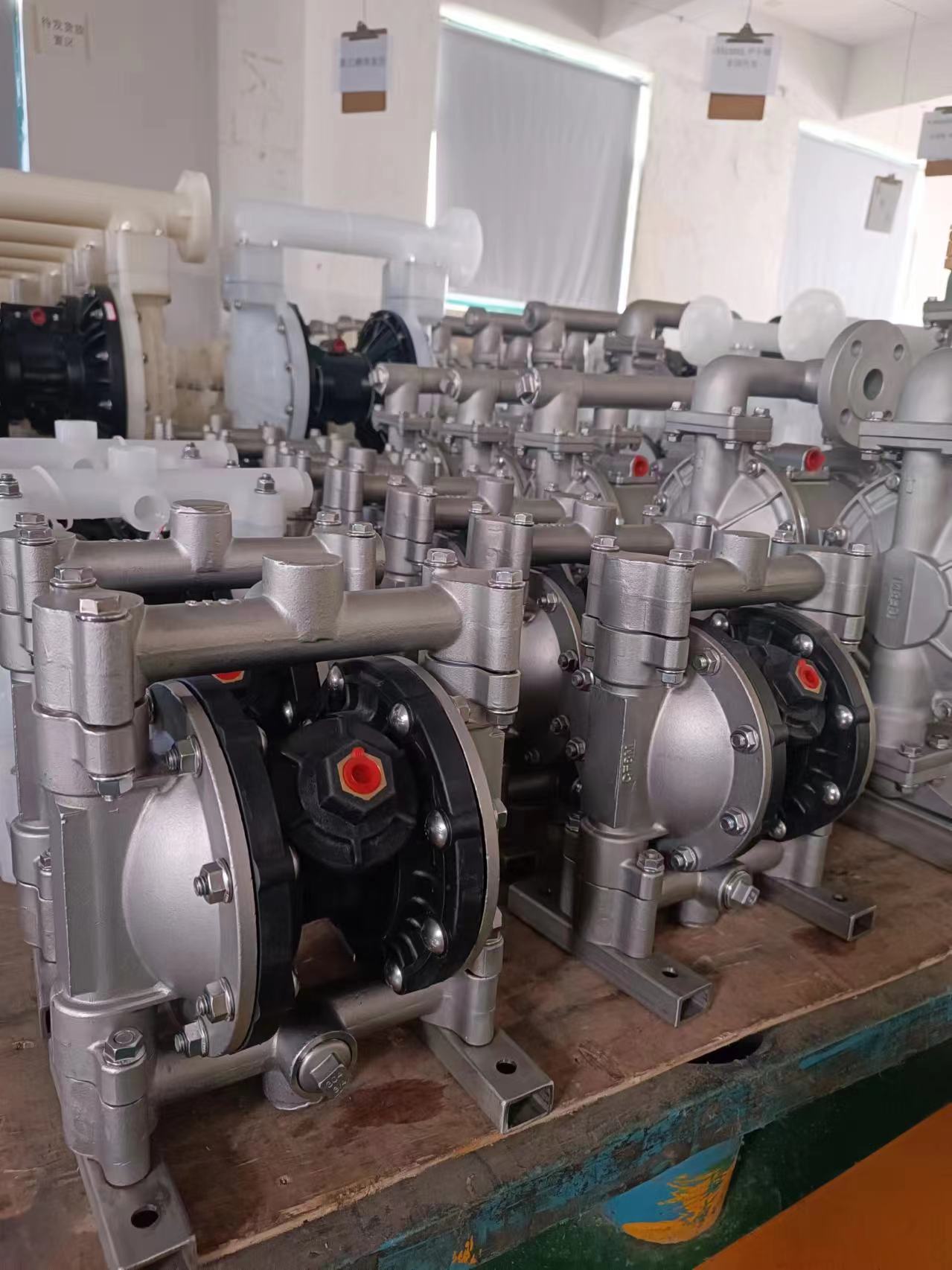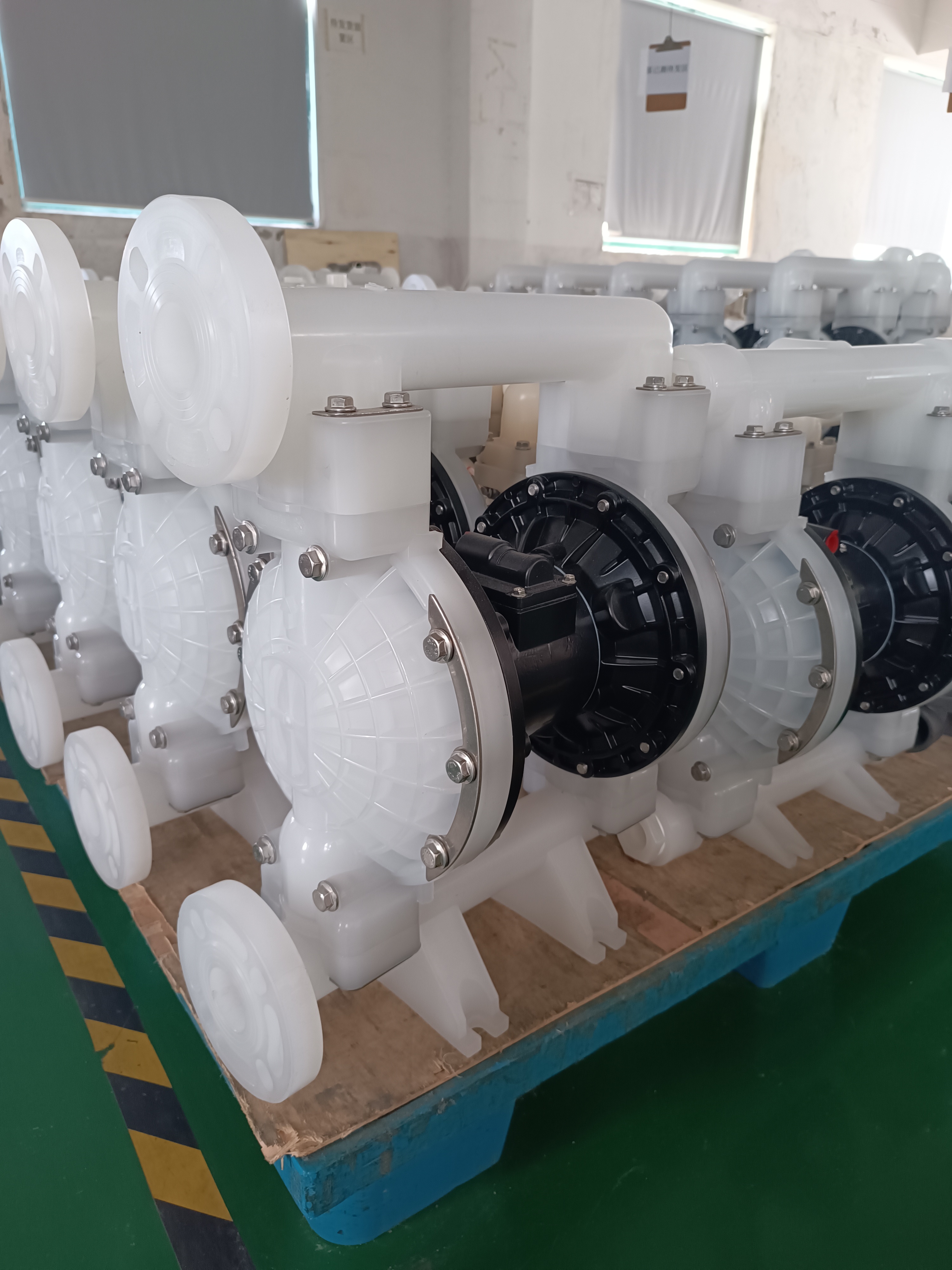As a new type of conveying machinery, the pneumatic diaphragm pump has shown significant advantages in a variety of applications. Therefore, the pneumatic diaphragm pump can replace many types of pumps, mainly including the following aspects:
1. Self-priming pump: The pneumatic diaphragm pump has the ability to self-prime, has a long continuous working time, and can automatically dissipate heat, so there is no need to worry about malfunctions such as idling and jamming. In addition, its simple structural design makes maintenance more convenient. Therefore, in some situations where self-priming function is required, pneumatic diaphragm pumps can be used as a substitute for self-priming pumps.
2. Centrifugal pump: Although centrifugal pumps are widely used in the field of fluid transportation, they may be limited when dealing with corrosive, high-viscosity media or flammable and explosive environments. Pneumatic diaphragm pumps have strong adaptability to media, can resist corrosion, handle high-viscosity media, and can be used in flammable and explosive environments, so they can replace centrifugal pumps in these special occasions.
3. Metering pump: Pneumatic diaphragm pumps can achieve stepless adjustment of flow rate by adjusting the air source, so they can be used as a substitute for metering pumps in situations where precise flow control is required.
In addition, pneumatic diaphragm pumps are also widely used in environmental protection, chemical industry, construction and other fields, especially playing a key role in chemical wastewater treatment, oil-water separation, liquid filtration and other processes. In industries such as food and beverage processing, pharmaceuticals and chemicals, coatings and paints, agriculture and irrigation, mining and metallurgy, and construction and municipal administration, pneumatic diaphragm pumps are also widely used because of their unique performance advantages.
In summary, pneumatic diaphragm pumps can replace self-priming pumps, centrifugal pumps and some metering pumps, and have broad application prospects in multiple industries. However, when choosing whether to use an air-operated diaphragm pump as an alternative, factors such as specific application scenarios, media characteristics, delivery requirements, and cost-effectiveness also need to be considered to ensure that the most appropriate pump type is selected to meet the actual needs.


